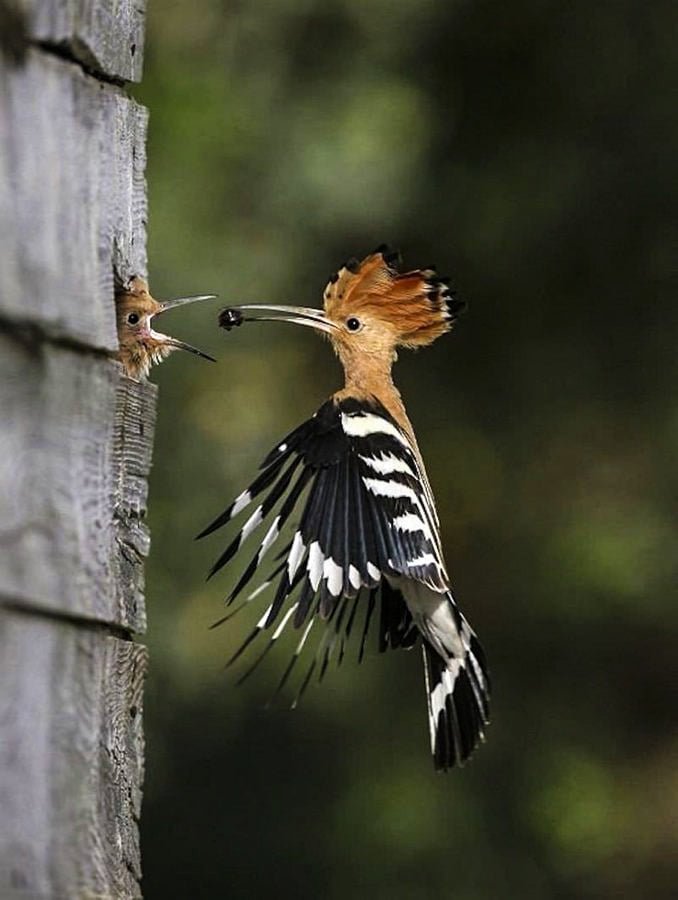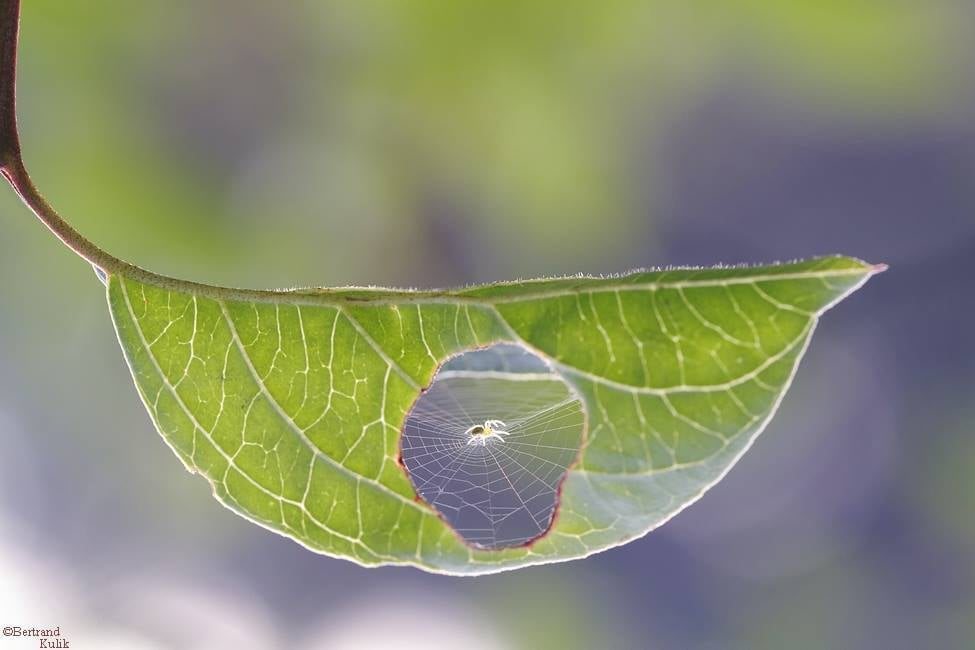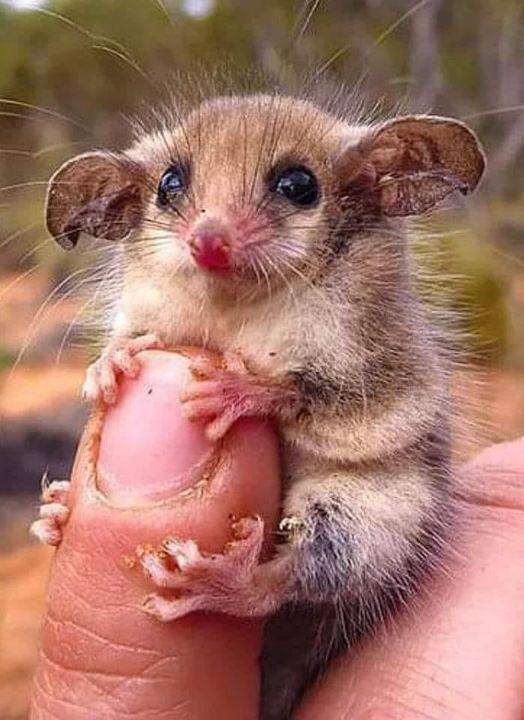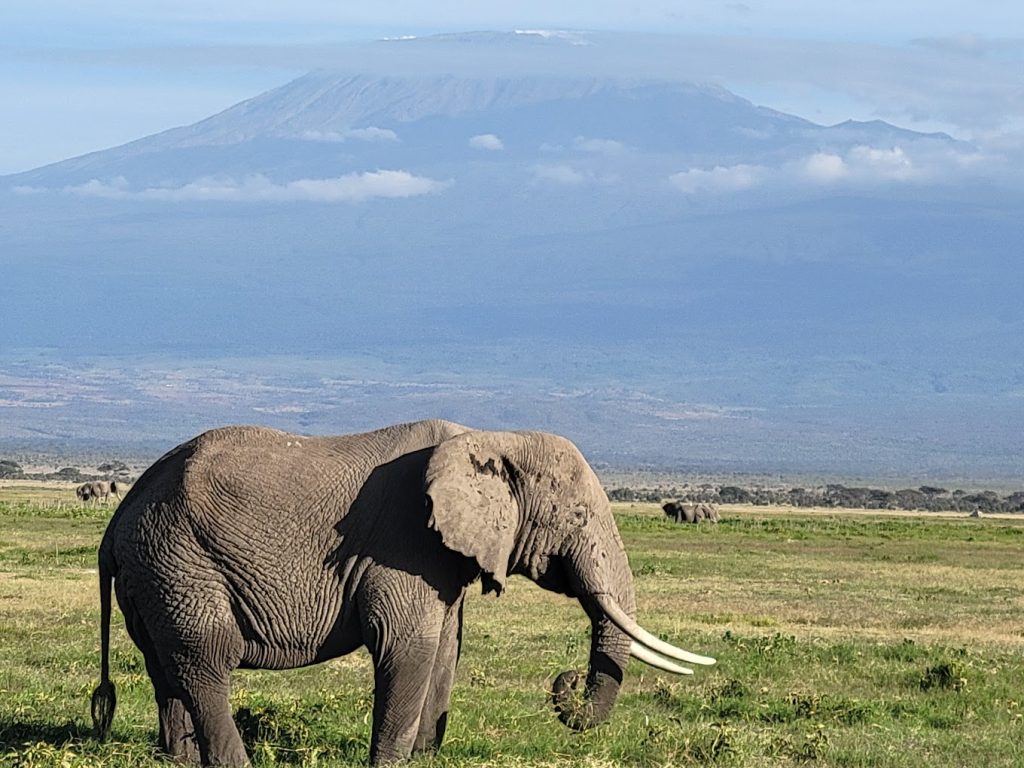
Nature doesn’t just exist in grand, faraway places—it thrives right under our noses. In every backyard, garden, or even urban green space, there are countless microhabitats—tiny, self-sustaining ecosystems teeming with life. These hidden worlds support biodiversity, contribute to the ecological balance, and offer a fascinating glimpse into nature’s resilience.
In this article, we’ll explore what microhabitats are, where to find them, the types of life they support, and how you can help them flourish in your own backyard.
What Are Microhabitats?
Microhabitats are small, localized environments that provide the right conditions for specific plants, insects, fungi, and microorganisms to thrive. These ecosystems exist in tiny spaces—beneath a rock, inside a tree stump, under leaf litter, or in a patch of moss. Despite their size, microhabitats play a crucial role in supporting urban biodiversity and maintaining ecological health.
Common Characteristics of Microhabitats:
- Distinct temperature, moisture, and light conditions
- Specific types of flora and fauna
- Often hidden or overlooked
- Temporarily or permanently self-contained ecosystems
Types of Microhabitats in Your Backyard
Your backyard is likely home to several microhabitats, each with its own unique features and inhabitants.
- Leaf Litter and Compost Piles
This decaying material is a haven for decomposers like earthworms, beetles, fungi, and bacteria. It’s essential for nutrient cycling and soil health.
- Rocks and Log Piles
The underside of rocks and logs provides shelter for frogs, slugs, millipedes, ants, and spiders. These spaces are damp and cool—ideal for moisture-loving species.
- Tree Bark and Dead Wood
Cavities in tree bark and dead logs host a wide array of insects, including wood-boring beetles, lichens, and mosses, and may even offer nesting sites for birds.
- Ponds and Birdbaths
Even a shallow water feature can create a thriving aquatic microhabitat for mosquito larvae, dragonflies, snails, and amphibians.
- Flower Beds and Herb Gardens
Native flowering plants attract bees, butterflies, and other pollinators, forming a microhabitat critical to plant reproduction and food chains.
- Stone Walls and Cracks
These warm, dry spots are often colonized by ants, lizards, and hardy mosses or lichens.
Why Microhabitats Matter
Microhabitats may be small, but their environmental impact is huge. Here’s why they matter:
- Support Biodiversity: Many small or endangered species rely exclusively on microhabitats for survival.
- Encourage Pollination: Flowering microhabitats attract vital pollinators.
- Improve Soil and Water Quality: Microhabitats with decomposers help break down organic matter and enrich soil.
- Educational Value: They offer a hands-on way to learn about ecosystems, especially for children.
- Climate Resilience: Microhabitats create microclimates that buffer temperature changes and support ecosystem resilience.
How to Create and Protect Microhabitats
Encouraging microhabitats in your backyard is easy, sustainable, and rewarding. Here are some practical tips:
- Leave Some Areas Untouched
Avoid over-manicuring your garden. Let leaves, logs, and natural debris accumulate in a corner to provide shelter and food for wildlife.
- Plant Native Species
Native plants are adapted to the local environment and support native insects and animals more effectively than non-native varieties.
- Add Water Sources
A small pond, birdbath, or even a shallow dish can support frogs, birds, and beneficial insects.
- Use Natural Materials
Build rock piles, deadwood stacks, or insect hotels using branches, stones, and bark to create layered habitats.
- Avoid Pesticides
Chemical pesticides harm beneficial insects and disrupt the delicate balance of microhabitats.
Species You Might Find in Backyard Microhabitats
Depending on where you live, these species might be hiding just outside your door:
- Ladybugs and lacewings (natural pest control)
- Toads and salamanders (amphibians in moist areas)
- Mosses and fungi (in shady, damp environments)
- Native bees and hoverflies (pollinators in flower beds)
- Woodlice and centipedes (decomposers under stones and logs)
Microhabitats are nature’s secret gardens—small but essential pieces of the biodiversity puzzle. By nurturing these tiny ecosystems in your backyard, you’re not only enhancing your local environment but also contributing to global efforts in conservation and sustainability. The next time you step outside, take a closer look—you might just discover a thriving world in the most unexpected place.




